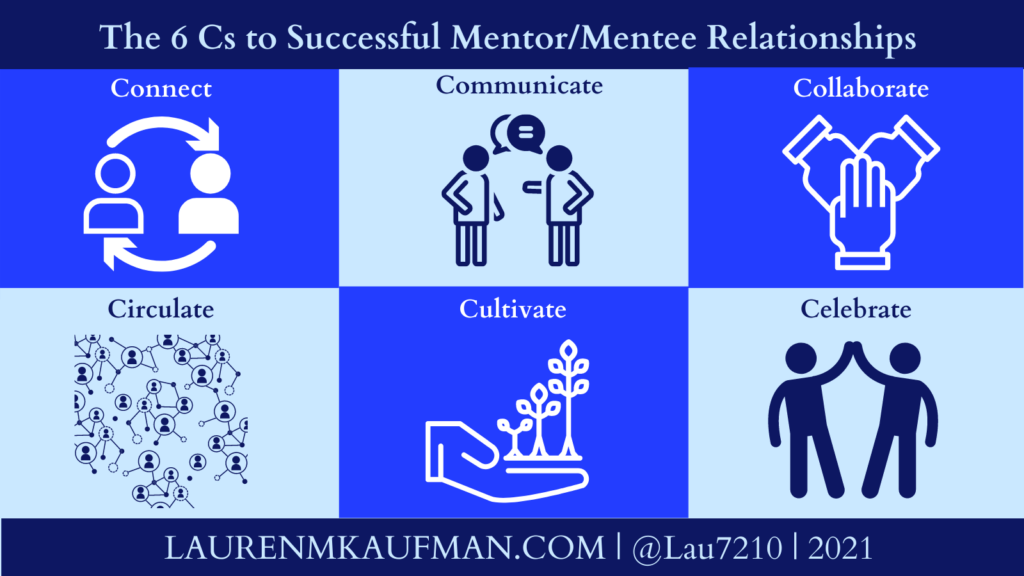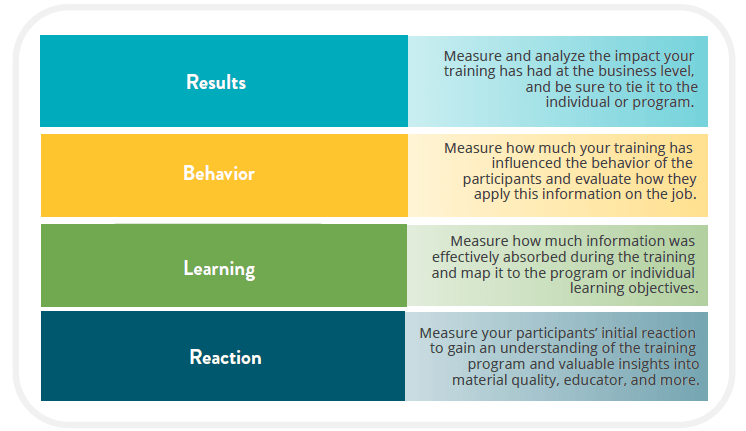When Oprah Winfrey shared how Maya Angelou had been a guiding light throughout her career, it highlighted an important facet of mentorship: its reciprocity and lasting impact. Their relationship demonstrated that mentorship is not merely a one-directional flow of wisdom from the experienced to the novice. Instead, it is a dynamic exchange that enriches both mentor and mentee across dissimilar stages of their lives and careers.
This blog will take you on a comprehensive tour of mentorship as an ongoing, reciprocal relationship. We will redefine what mentorship means, explore the duality of being both a mentor and a mentee, and offer practical guidelines for structuring effective programs within organizations.
Redefining Mentorship as a Two-Way Street
Traditionally, mentorship has been viewed as a one-way relationship where an experienced individual imparts wisdom to a novice. However, this perception limits the potential of mentorship in today’s collaborative work environments.
Instead, we challenge you to imagine mentorship as an adventure or journey, where travelers at different stages can guide each other through various terrains and climates. One traveler may be great at navigation and someone else has excellent survival skills, while yet another teammate makes a mean beef stew. The point is the available skill sets amongst your team members should complement one another, not compete. We ought not be afraid to learn from each other and celebrate the strengths of each individual. Whether you’re navigating the rocky paths of a startup or the smooth highways of corporate success, each traveler has something valuable to offer.
In this new model, mentorship becomes a mutual learning experience. Young professionals bring fresh perspectives and digital-savvy skills, while seasoned executives offer strategic vision and industry know-how. This exchange enriches both parties and fosters a more inclusive and dynamic workplace culture.
Image Source: Lauren M. Kaufman
The Dual Role Being Both Mentor and Mentee
In the modern workplace, the lines between being a mentor and a mentee are increasingly blurred. Embracing both roles simultaneously can lead to increased empathy, broader perspectives, and accelerated personal growth.
Consider Sheryl Sandberg, COO of Facebook, who has openly discussed how she learns from her younger colleagues. At the same time, she mentors them in leadership and decision-making. Another example is Satya Nadella, CEO of Microsoft, who emphasizes the importance of having a “learn-it-all” culture within his teams. He often speaks about learning from those around him, while also guiding them through the technological and strategic challenges they face.
Benefits of Dual Roles
Engaging in dual mentorship roles can enhance leadership skills, improve organizational culture, and create a more collaborative environment. It allows leaders to stay grounded and connected to the evolving needs of their teams.
Structuring Fluid Mentorship Programs in Organizations
Setting up a mentorship program that accommodates fluid roles requires careful planning. Key elements include flexibility, clear objectives, and regular feedback mechanisms.
Creative Model
Introduce a ‘Mentorship Web‘ instead of traditional pairings. In this model, everyone in the organization can be both a mentor and a mentee, depending on the situation and expertise required. This comprehensive approach encourages a more dynamic exchange of knowledge and skills.
Implementation Steps
- Identify clear objectives for the program.
- Create an inclusive platform where employees can sign up as mentors or mentees.
- Facilitate regular check-ins and feedback sessions to ensure the program’s success.
Overcoming Common Mentorship Challenges
Common obstacles in mentorship programs include time constraints, mismatched pairings, and lack of engagement. These challenges can derail even the most well-intentioned initiatives.
- Micro-Mentoring Sessions: Short, focused sessions that fit into busy schedules.
- Virtual Mentorship Opportunities: Use technology to bridge geographical gaps.
- Structured Feedback Mechanisms: Regular surveys and feedback sessions to keep the program vibrant and effective.
- Add Concrete Value to Each Individual: Encourage mentors and mentees to set clear, achievable goals.
- Keep Communication Open and Informal: Use technology tools like Slack or Microsoft Teams to facilitate continuous communication and support.
Measuring the Impact of Mentorship on Organizational Success
Tracking the success of mentorship programs is crucial. Focus on improvements in employee satisfaction, retention, and leadership development.
- Key Performance Indicators (KPIs)
- Employee satisfaction scores
- Retention rates
- Promotion and career advancement rates
- Leadership development metrics
Get Started with a Mentorship Program for Your Business
Mentorship as a lifelong, reciprocal journey can transform your organization. Join our community of leaders who are committed to fostering a culture of mentorship. Whether you are just starting out or looking to refine an existing program, we are here to support you every step of the way.
For more insights and personalized guidance, book a call with one of our expert consultants. Together, we can elevate your mentorship program to new heights.








